INSTRUCTOR: Oscar Lopez-Gamundi, PhD
DISCIPLINE: Geoscience
COURSE LENGTH: 5 Days (Classroom) / 6 Half-Day Sessions (Live Online)
CEUS: 1.2 – 4.0
AVAILABILITY: Public, In-House, & Live Online
Check back in periodically for updated Public and Live Online course dates! To schedule an In-House course, contact SCA’s Training Department at training@scacompanies.com.
WHO SHOULD ATTEND: Geologists, geophysicists and engineers actively working in exploration and production:
COURSE DESCRIPTION: This five-day course covers the concepts and practical applications of sequence stratigraphy for oil and gas exploration, appraisal and production. All concepts are illustrated with examples of seismic, well-log, core, and outcrop data. The exercises emphasize the recognition of termination patterns, sequence stratigraphic surfaces and systems tracts on seismic lines, well logs and outcrops. The ultimate objective of the course is to provide the practitioner with tools and methodologies of sequence stratigraphy to effectively predict the presence and quality of reservoir, source rock and seal and define the key architectural elements of stratigraphic traps.
LEARNING OUTCOMES:
- Learn to identify in well logs and seismic the different types of sequences and systems tracts.
- Identify the basic concepts of seismic facies and log-based facies for the definition of systems tracts and sequences.
- Understand the utility of systems tracts in terrestrial, transitional and marine depositional environments for the recognition and reservoir, source, and seal predictions.
COURSE CONTENT:
- Fundamental Concepts
- Controls on relative sea level change, accommodation space and elastic input
- Sequence Stratigraphy in elastic and carbonate environments
- Cyclicity and hierarchy of sequences; parasequences
- Sequence boundaries: definitions and types. Maximum flooding surfaces, ravinement surfaces, other surfaces of sequence stratigraphic significance
- Seismic stratal termination patterns (STP’s) and seismic facies
- Depositional Architecture and System Tracts (ST’s)
- Methodology for Sequence Stratigraphic Analysis
- Seismic and Sequence Stratigraphy: resolution and hierarchy
- Recognition of sequence boundaries and system tracts in seismic: stratal termination patterns and seismic facies (Exercise)
- Well Sequence Stratigraphy: review of log tools, log trends and stacking patterns, recognition of key sequence stratigraphic surfaces. (Exercise)
- Sequence stratigraphy in outcrops; criteria to define significant surfaces: SB (sequence boundaries), MFS (maximum flooding surfaces), MRS (maximum regressive surfaces)
- Data Integration: building Wheeler’s charts and coastal onlap curves (Exercise).
- Internal Architecture of Sequences (System Tracts)
- Lowstand system tracts (LST’s) in marine and non-marine settings. LST’s in deepwater settings: basin floor fans versus channel-levee complexes, mass transport complexes (MTC’s) in seismic, wells and outcrops. (Exercise)
- Forced regressive wedge and falling stage ST’s
- Incised Valleys and Incised Valley Fills in seismic and well logs (Exercise)
- Transgressive System Tract (TST’s) in seismic, well logs and outcrops. MFS’s and MF intervals as source rocks and seals
- Highstand system tracts, (HS’s); deltas and wave-dominated shorelines. Progradation, aggradation and retrogradation, shoreline trajectories.
- Sequence Stratigraphy in Carbonate Environments
- Controls on carbonate sedimentation
- Carbonate slopes and platforms in seismic. Seismic Facies.
- Sequence-stratigraphic models of carbonate platforms
- Sequence Stratigraphy and Growth Strata
- Growth Strata in compressional and extensional settings
- Classification of stratal termination patterns (STP’s), Analysis of kynematic sequences: their significance for charge/trapping timing
- Structuring and migration in a toe thrust: Kinematic Sequence Stratigraphic Analysis (Exercise)
